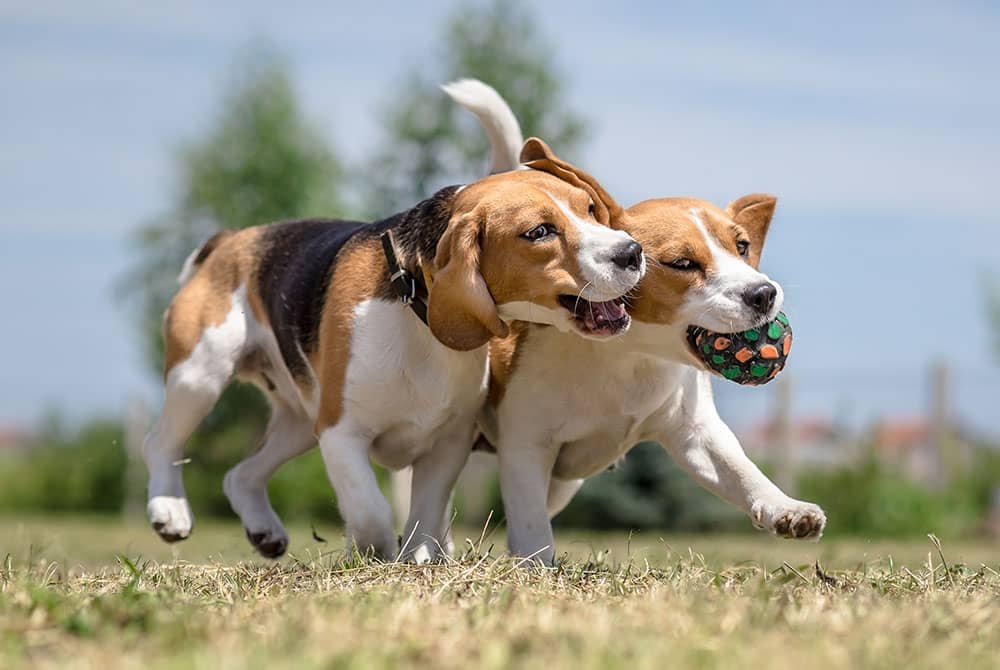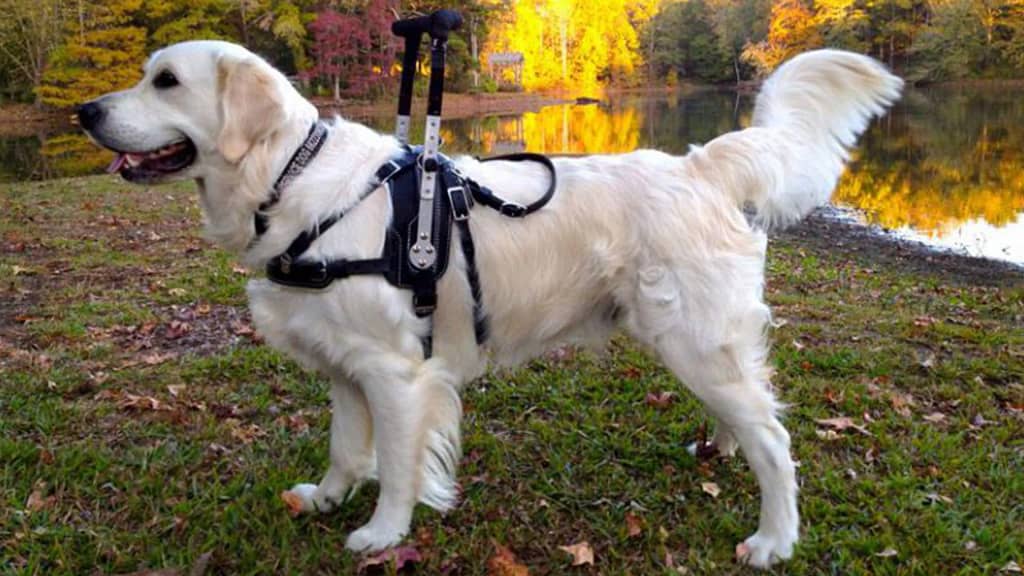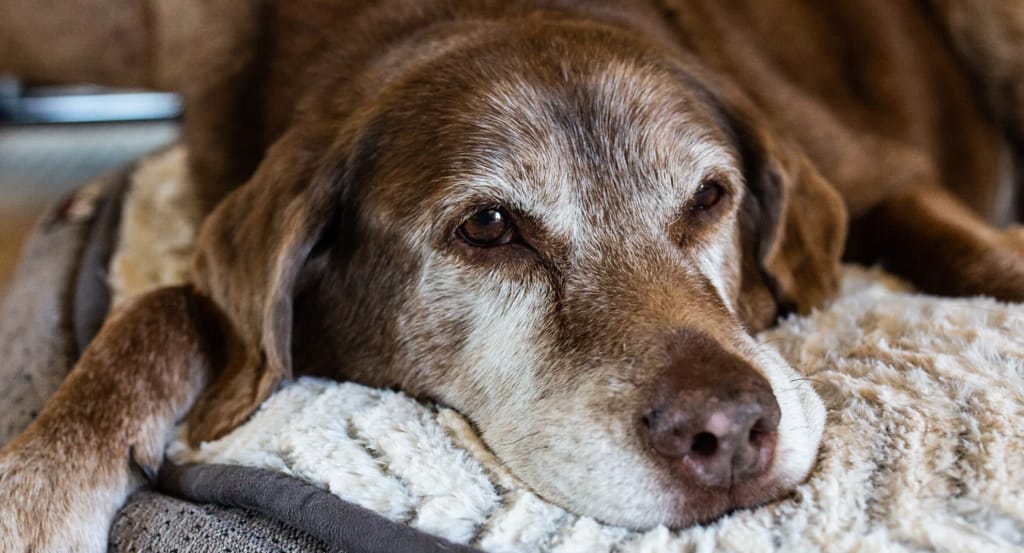When our pets grow old they are bound to develop some health complications, for instance, dog joint health problems. Knowledge about early arthritis signs in dogs will surely equip you with enough precaution and guarantee that your pet continue to have very active lifestyle without any discomforts. In this guide, you will learn about some of the joint pain symptoms that you should can see in your dog, how you can ensure dog mobility, and how you can care for senior dog health.
Understanding Joint Health in Dogs
Your dog’s health starts with its joints. Joints are a result formed at the interface of two bones in the body and permits the occurrence of movements. There is nothing better than having healthy joints to enable one to run, jump, as well as play. Sadly, as your dog age, dogs develop joint issues, mainly arthritis because their joints become worn out.

Early Signs of Arthritis in Dogs
It is important to have knowledge about the early arthritis signs in dogs this will enable early treatment of the condition. Here are some common signs to watch for:
1. Changes in Activity Level
If your dog is becoming less active, then this may suggest that they’re developing future joint pain in their body. For instance, if your previously full of life dog just wants to lie down or, during a walk or at playtime, shows less enthusiasm, they might be uncomfortable.
2. Trouble Getting Up or Standing
It may take your dog some time to rise from a lying down position or perhaps the dog is unable to lie down. This can help show why it can be especially noticeable in elderly animals. These are some common joint pain symptoms: your dog will be slow to rise or seems to have rigid movements especially when getting off the floor.
3. Limping or Favoring a Limb
If your dog is lagging a limb it may be painful to bear weight, such as when trying to walk; it could be a joint pain. It may be secondary to arthritis or after an injury to the shoulder joint. Tracking your dog’s walking is useful in noticing any complications.
4. Reduced Range of Motion
Dragging the paws, having trouble stretching, jumping, or walking normally means that the dog is stiff. Take notice on whether your dog seems reluctant to execute stunts you once observed them to do delightedly.
5. Changes in Behavior
In response to pain, dogs’ behavior may include increased agitation or, on the other hand, even reduced activity. In most cases, your dog may exhibit some forms of body language or moves differently than what is usual, or even react aggressively when touched; this may be a sign of joint pains.
6. Weight Gain
This may be due to joint pains that cause them to be less mobile than usual, therefore gaining weight. Being overweight adds extra pressure to the joint, which is not helpful in this case. You can prevent joint health issues if you closely monitor the weight of your dog.
Tips for Maintaining Dog Mobility
Making sure your dog can continue moving around and be as healthy as possible is very crucial. Here are some practical tips for promoting dog mobility:

1. Regular Exercise
Anytime, every day, low impact exercise is mandatory if you want to afford your dog joints a fighting chance. Small, consistent strolls are more desirable than long active sessions. Some activities can also be very good for example swimming exercises even though they put a little pressure on the joints of the body.
2. Healthy Diet
It is quite clear that a balanced diet majorly has its share in the prevention of the joint health of the dog as well. As much as it is applicable for dogs to be fed on nutrient supplements that are important for optimum nutrition of dogs such as omega 3 fatty acids for dogs that would have inflamed systems but are not recommended for feeding dogs on royal scripts. You could also complement with supplements formulated for joint health.
3. Weight Management
It is also recommended that your dog should not be obese. If the dog is overweight, you should ask your doctor to give you a feeding plan of the dog. These patients could benefit a great deal from losing some of the extra weight; it would ease off some of the pressure that is laid on their joints hence enhancing the flexibility of movement.
4. Comfortable Sleeping Areas
Let your dog have a good place or bed to lay and sleep. Supporting dog beds are orthopedic in nature and can help ease joint aches during the night. Ensure that their sleeping area is well reachable and does not have fans or doors and windows closed.
5. Joint Support Products
Possible joint enhancements include joint nourishment, support wear, such as braces, and pads. You should discuss with your vet about the products that might be useful to your dog.
6. Regular Vet Check-ups
This is a good reason for regular vet check ups through which the joint health of your dog is closely monitored. Your vet will be able to check for any joint problems and recommend ways or products to avoid the same for your dog.
Supporting Senior Dog Health
The general health needs of the dogs necessarily differ depending on the age of dogs. It becomes very important to monitor their health since senior dogs need to be comfortable as they age. Here are some tips for supporting your senior dog:

1. Adjust Exercise Routines
Daily exercise is important, however, this has to be adjusted when the dog is growing older. A few minutes of strolling and easy exercises will ensure they maintain an active lifestyle without much pressure on their joints.
2. Provide Joint Supplements
Supplements for both the hip and joint may be useful for senior dogs. There should be a combination of glucosamine/chondroitin which supports healthy joints and mobility.
3. Maintain a Healthy Weight
As mentioned above, the issue of diet is crucial, especially with regards to senior dogs. This one should be done regularly they should check their weight often and change their diet and exercise regime if necessary.
4. Provide a Safe Environment
Learn how to make your home safe and comfortable for your aging pet. Eliminate sources of stumbling and decide whether to put ramps or steps to allow the less mobile access the places they love.
5. Monitor for Changes
Always observe the changes in dog’s behavior, movements and eating habits. If you notice any of the above signs contact your veterinarian immediately.
Conclusion
It is important to pay attention to early signs of joint issues in dogs, to prevent the quality of life from declining soon after these symptoms appear. Due to such signs, you can prevent the deterioration of the joint health for their dogs since early signs include changes in behavior and dog mobility. Exercise and a healthy diet, along with controlling weight, should be some of the major approaches to keeping a dog active and free from ailments inherent in senior dog health. Check with your vet for advice regarding how to ensure your beloved pet has a healthy and happy life. It means that you paying close attention, and taking care of their needs can go a long way in improving their quality of life as they grow older.
Also Read: Natural Supplements for Boosting Your Dog’s Immune System
